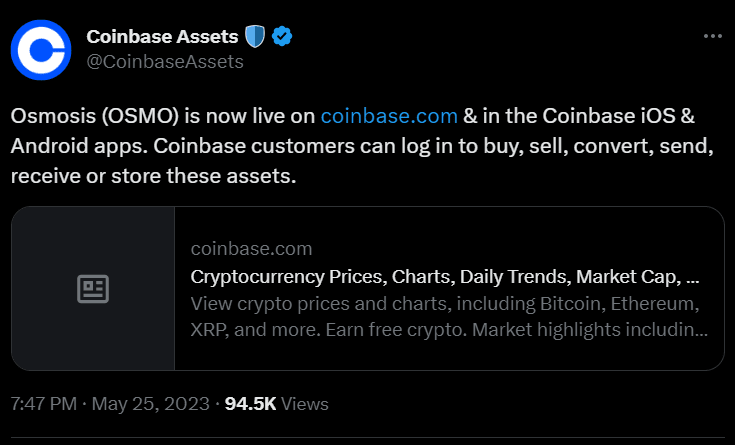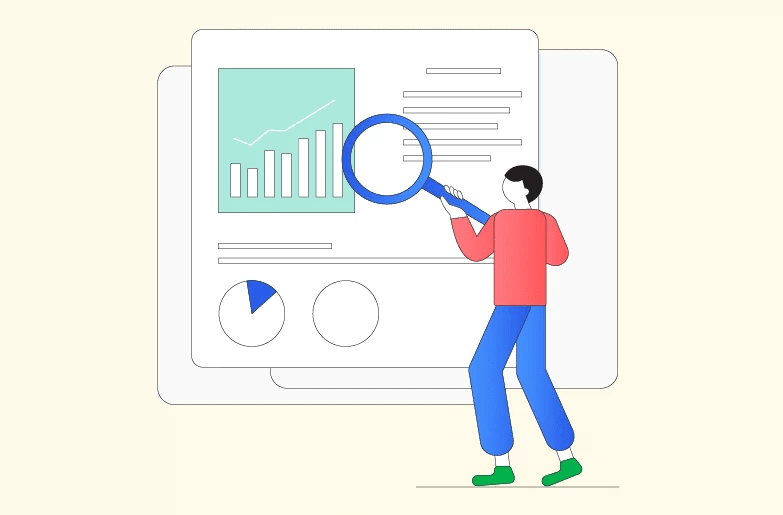OSMO on Coinbase
Measure the impact that OSMO’s listing on Coinbase had on token price, trading on DEXs and overall liquidity on Osmosis.
Osmosis aims to provide a decentralized exchange (DEX) solution for trading cryptocurrencies and digital assets within the Cosmos ecosystem. It enables users to create and trade custom tokens, including fungible (e.g., cryptocurrencies) and non-fungible (e.g., unique digital assets) tokens.
The key concept behind Osmosis is the use of a liquidity pool model for trading. Liquidity pools are pools of tokens provided by users who become liquidity providers (LPs). These LPs deposit their tokens into a pool, which is then used to facilitate trading on the platform. In return, LPs earn fees from the trades that occur in the pool.
One of the distinguishing features of Osmosis is the use of the Inter-Blockchain Communication (IBC) protocol, which allows the exchange of assets and data between different blockchains within the Cosmos ecosystem. This means that Osmosis can connect and interact with other blockchains, enabling cross-chain trading and interoperability.
Additionally, Osmosis incorporates certain features to incentivize participation and governance. It has its native utility token called OSMO, which is used for staking, governance, and earning rewards. Token holders can participate in the platform's governance process by voting on proposals that determine the protocol's future development and direction.
Overall, Osmosis is designed to provide a decentralized and interoperable DEX solution within the Cosmos ecosystem, utilizing liquidity pools and the IBC protocol to enable trading and asset exchange between different blockchains.


In this dashboard, it is statistically analyzed before and after the OSMO token is listed on Coinbase.
1- Swap
2- LPs 3- Stack 4- Transfer7 days after listing and 7 days before listing are compared.
Swap: This refers to the act of exchanging one cryptocurrency or token for another. In the context of OSMO token, it could mean analyzing the volume or frequency of token swaps that occurred on Osmosis or other exchanges before and after the OSMO token was listed on Coinbase.
LPs (Liquidity Providers): These are individuals or entities that contribute liquidity to decentralized exchanges by depositing their tokens into liquidity pools. The analysis might involve studying the behavior of LPs on the Osmosis platform, such as the amount of liquidity provided or any changes in LP activity before and after the Coinbase listing.
Stack:referring to staking, which involves locking up tokens to participate in the network's consensus or governance processes. The analysis might examine the staking behavior of OSMO token holders, looking at factors such as the number of tokens staked or any changes in staking activity following the Coinbase listing.
Transfer: movement of OSMO tokens between wallets or addresses. The analysis could explore the volume or frequency of token transfers before and after the listing on Coinbase, indicating any changes in token movement patterns.
